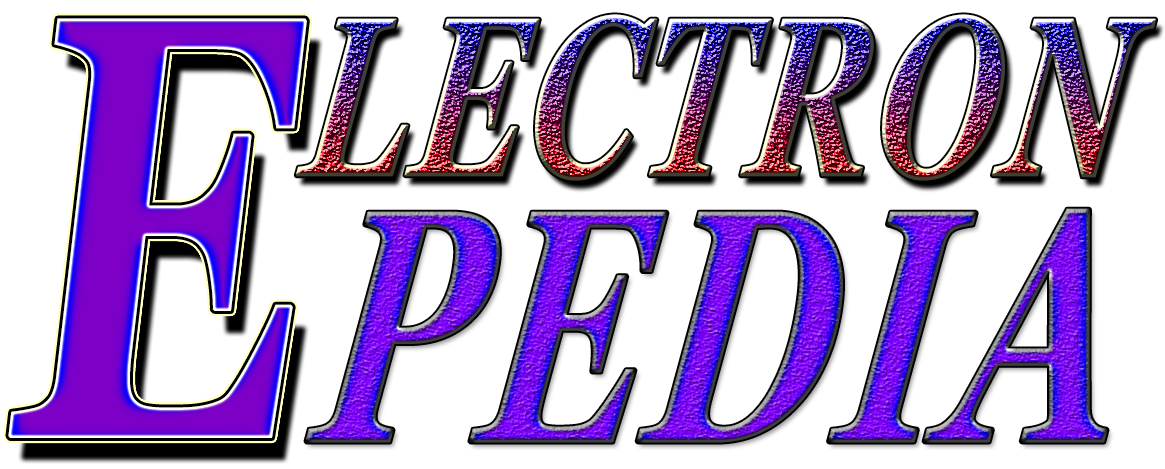In the realm of audio technology, achieving high-fidelity sound reproduction is a constant pursuit. Balanced audio technology has emerged as a popular approach to minimize noise, distortion, and interference, ultimately delivering an enhanced audio experience. This article explores the concept of balanced audio technology, its benefits, and its applications in various audio systems, providing an overview of its role in achieving exceptional sound quality.
Understanding Balanced Audio Technology
Contents
Is a method of transmitting audio signals using three conductors: two signal conductors and one ground conductor. Unlike unbalanced audio, which uses a single signal conductor and ground, balanced audio employs a differential signaling approach. This means that the audio signal is transmitted as the difference in voltage between the two signal conductors, while the ground conductor acts as a reference point.
Noise Reduction
One of the primary advantages of balanced audio technology is its ability to minimize noise and interference. By using two signal conductors with opposite polarities, any noise or interference picked up along the transmission path affects both conductors equally. At the receiving end, the balanced audio system subtracts the noise by taking the difference between the two signal conductors, effectively canceling out common-mode noise.
Enhanced Signal Integrity
Balanced audio technology ensures that the audio signal remains intact and free from distortion throughout the transmission process. The use of differential signaling reduces the impact of external electromagnetic interference, resulting in a cleaner and more accurate reproduction of the original audio source.
Extended Cable Lengths
Balanced audio systems are capable of transmitting audio signals over longer cable lengths without significant degradation in signal quality. The differential nature of the signal and the noise rejection properties of balanced audio technology make it suitable for applications that require extended cable runs, such as professional audio setups in concert venues or recording studios.
Professional Audio Systems
Balanced audio technology finds widespread use in professional audio applications, including live sound reinforcement, recording studios, and broadcast environments. It allows for long cable runs without compromising signal integrity, ensuring pristine audio quality throughout the system.
High-End Consumer Audio
Has also made its way into high-end consumer audio systems, catering to audiophiles who demand the utmost in sound quality. It is often found in premium headphones, preamplifiers, power amplifiers, and digital-to-analog converters (DACs), offering a cleaner and more immersive listening experience.
Prosumer and Home Studio Equipment
Balanced audio connections are commonly seen in prosumer-grade audio interfaces and studio monitors, providing improved noise rejection and signal integrity. This benefits home studio setups, allowing users to capture and reproduce audio with greater accuracy and fidelity.
Balanced audio technology has become a staple in the pursuit of high-fidelity sound reproduction. By employing a differential signaling approach and utilizing two signal conductors with opposite polarities, balanced audio systems minimize noise, distortion, and interference, resulting in enhanced signal integrity and improved audio quality. From professional audio systems to high-end consumer setups, plays a crucial role in achieving exceptional sound reproduction, delighting audiophiles and professionals alike with its ability to preserve the integrity of the original audio signal.



